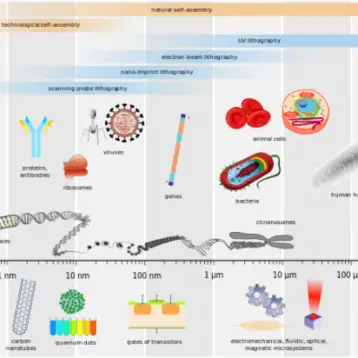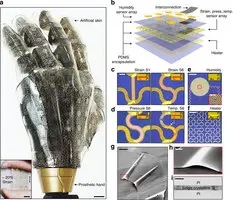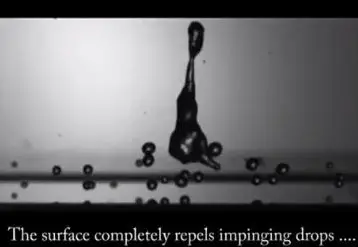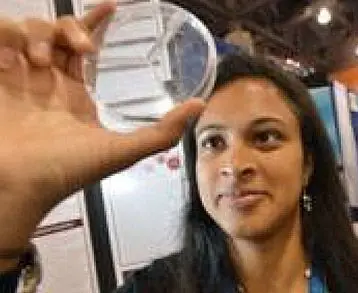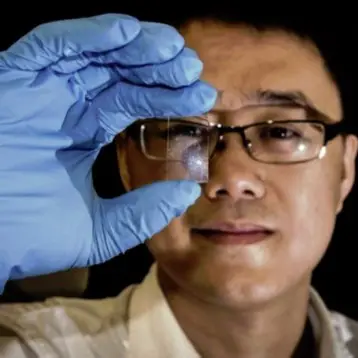The research team, led by Professor Christian Joachim, made its progress after discovering the way to successfully control the rotation of a single-molecule gear. Through optimizing molecular design, molecular manipulation and surface atomic chemistry, the team managed to avoid the random motion of molecular rotors and gears, which up to now consisted mainly of lateral displacement mixed with unpredicted rotation.
The practical solution was first obtained at the theoretical level: IMRE’s scientists proved that the rotation of the molecule-gear could be controlled; the way to do so is to manipulate the electrical connection between the molecule and the tip of a Scanning Tunneling Microscope. According to Prof. Joachim, “Making a gear the size of a few atoms is one thing, but being able to deliberately control its motions and actions is something else altogether. What we’ve done at IMRE is to create a truly complete working gear that will be the fundamental piece in creating more complex molecular machines that are no bigger than a grain of sand.”
The field of nano-mechanics offers applications in various fields, including the medical industry, in which novel methods for isolating molecules and handling them delicately could create ‘smarter’ drugs, which act on the nano-scale level. Dr. Lim Khiang Wee, Executive Director of IMRE, has given several examples: “Christian and his team’s discovery shows that it may one day be possible to create and manipulate molecular-level machines. Such machines may, for example, walk on DNA tracks in the future to deliver therapeutics to heal and cure.”
According to Khiang Wee, there already exists at least one international roadmap for creating such productive nanosystems, and as researchers will continue to push the frontiers of nanotechnology, they will improve their understanding of nanoscaled phenomena.
In conclusion, although the idea of tiny nanobots and nano-machines, as seen in science fiction movies, is still far from realization, this latest study has brought scientists one step closer.
TFOT has previously covered the development of a new technique for assembling nanowires, which could eventually allow the development of handheld ultra-portable devices, and the DNA ‘Origami’, a way to create multilayered objects from DNA strings to make biomedical nano-devices. Other related TFOT stories include the creation of single atom quantum dots, which are able to control individual electrons, and a new method to reduce size of circuitry, already employed in nanotechnology devices such as computer chips and solar cells.
For more information about the world’s first controllable molecular gear, see A*STAR’s press release.


